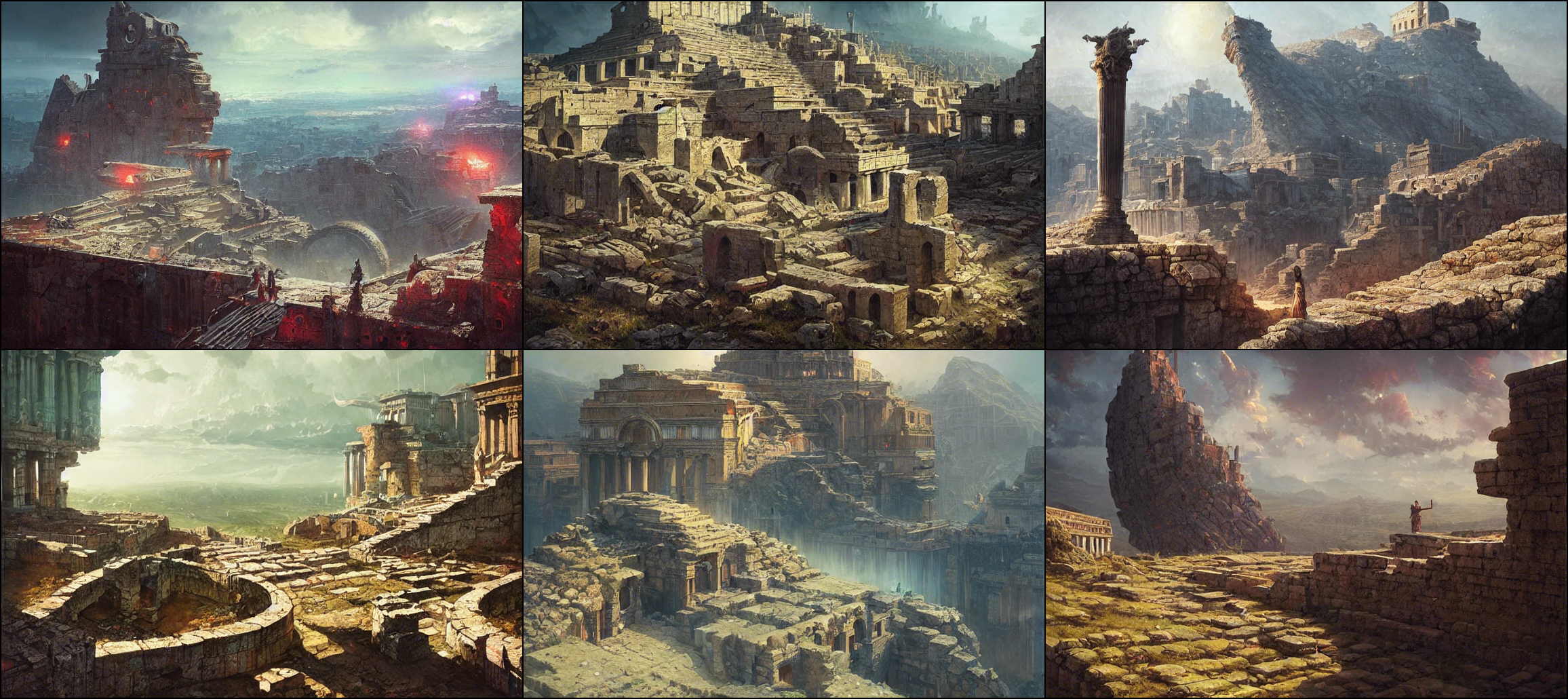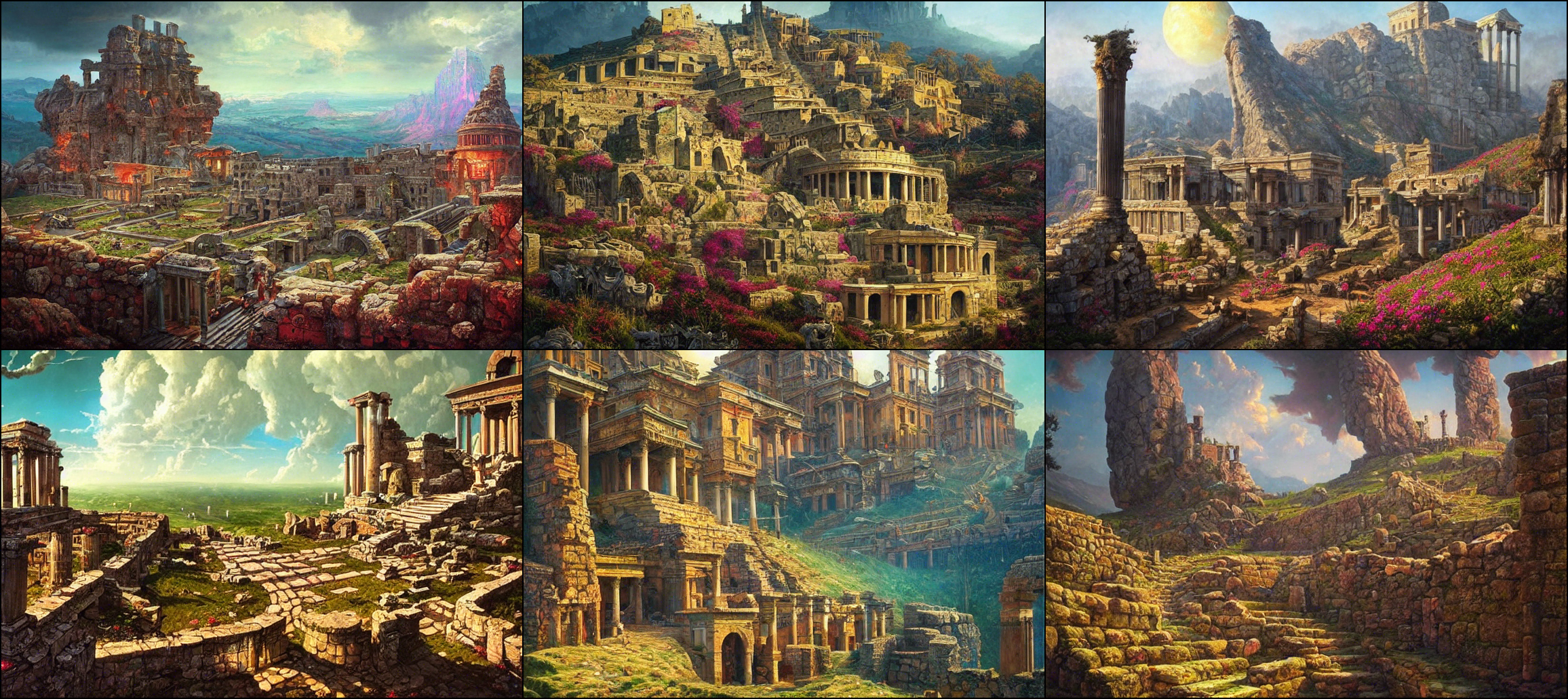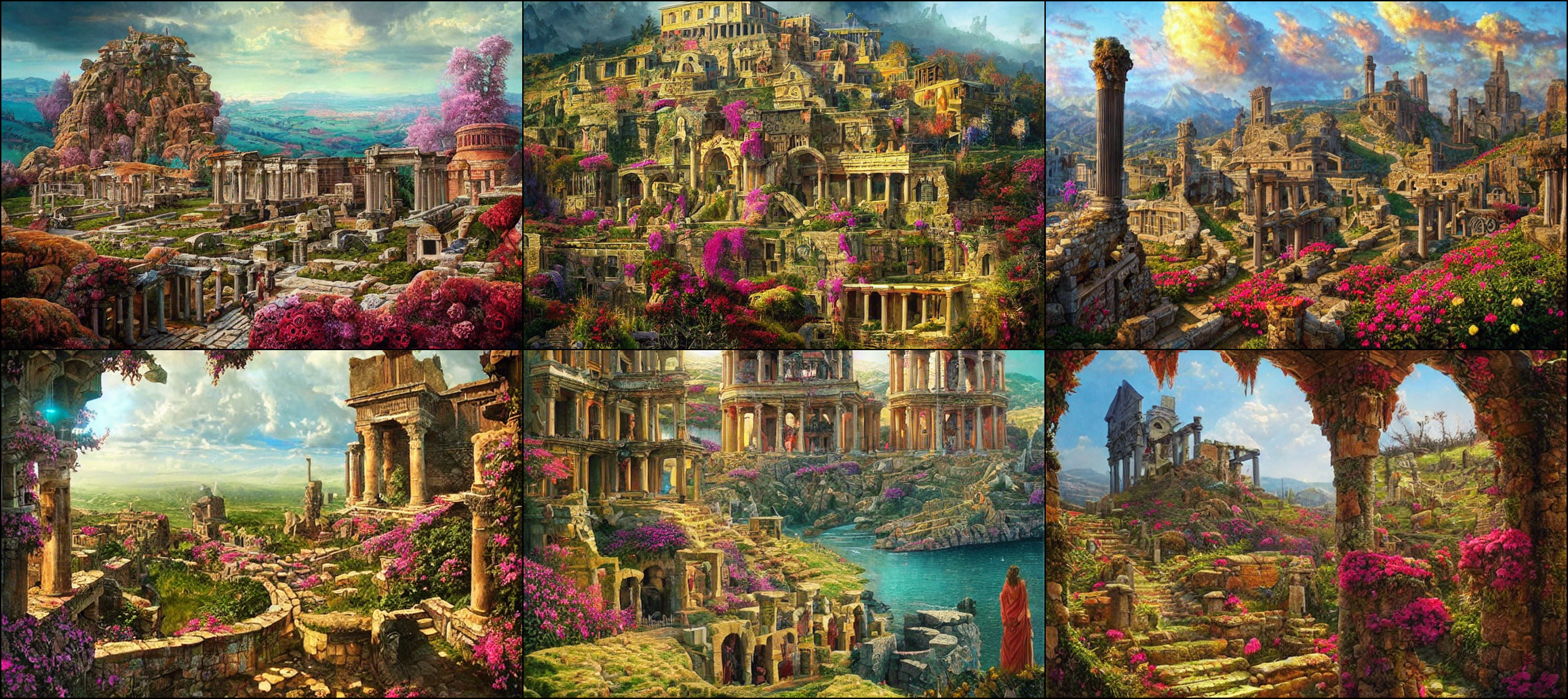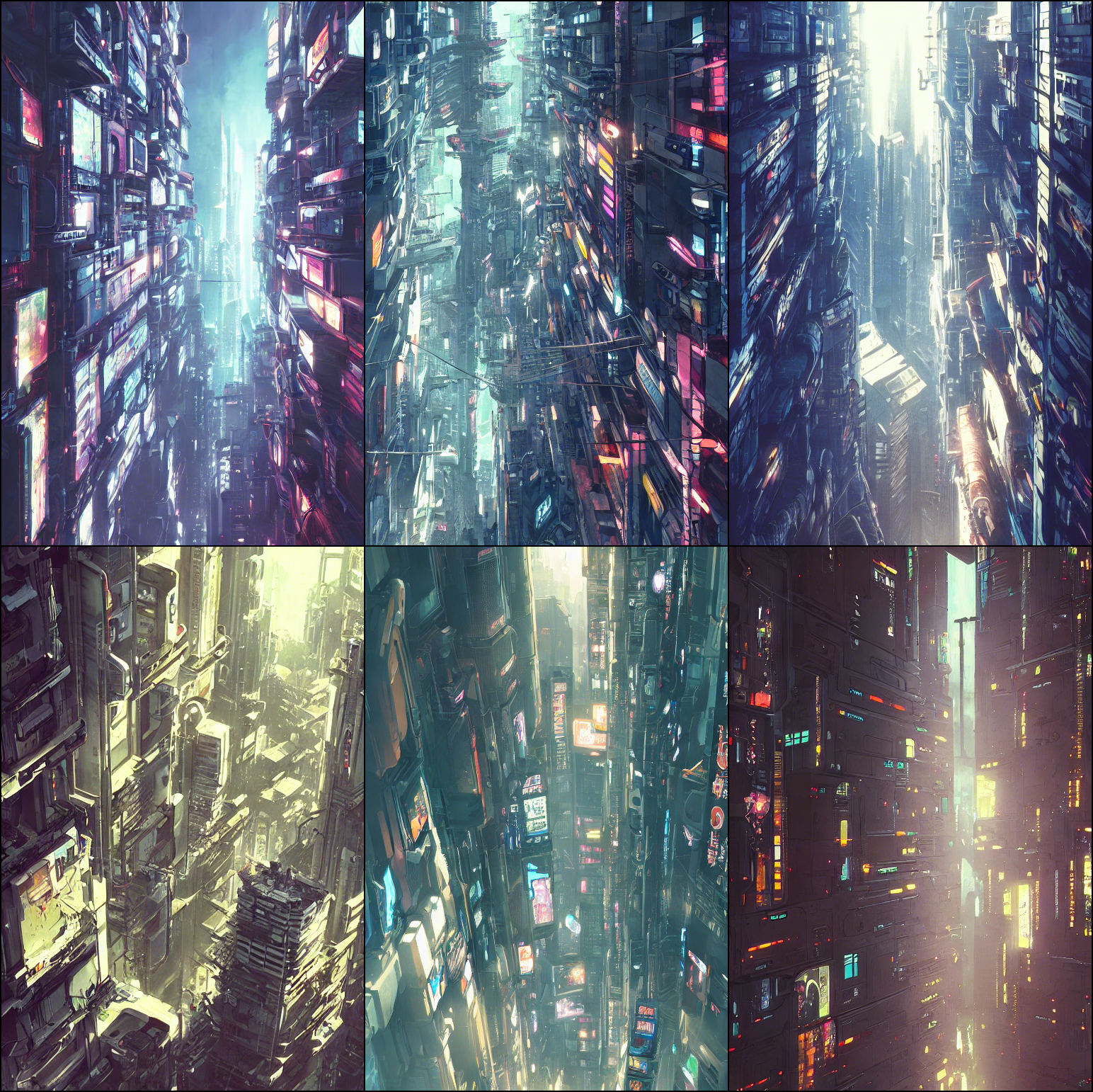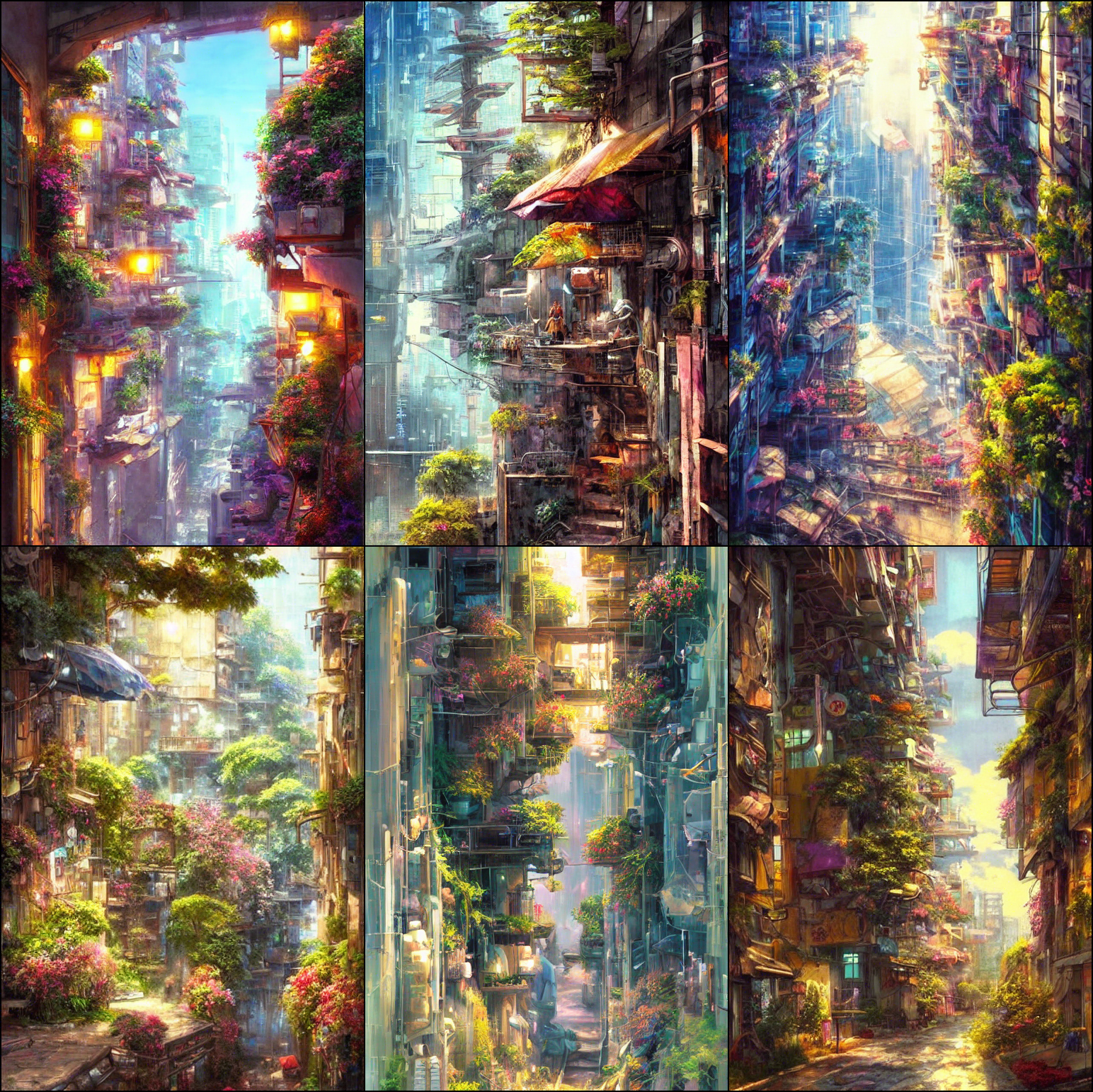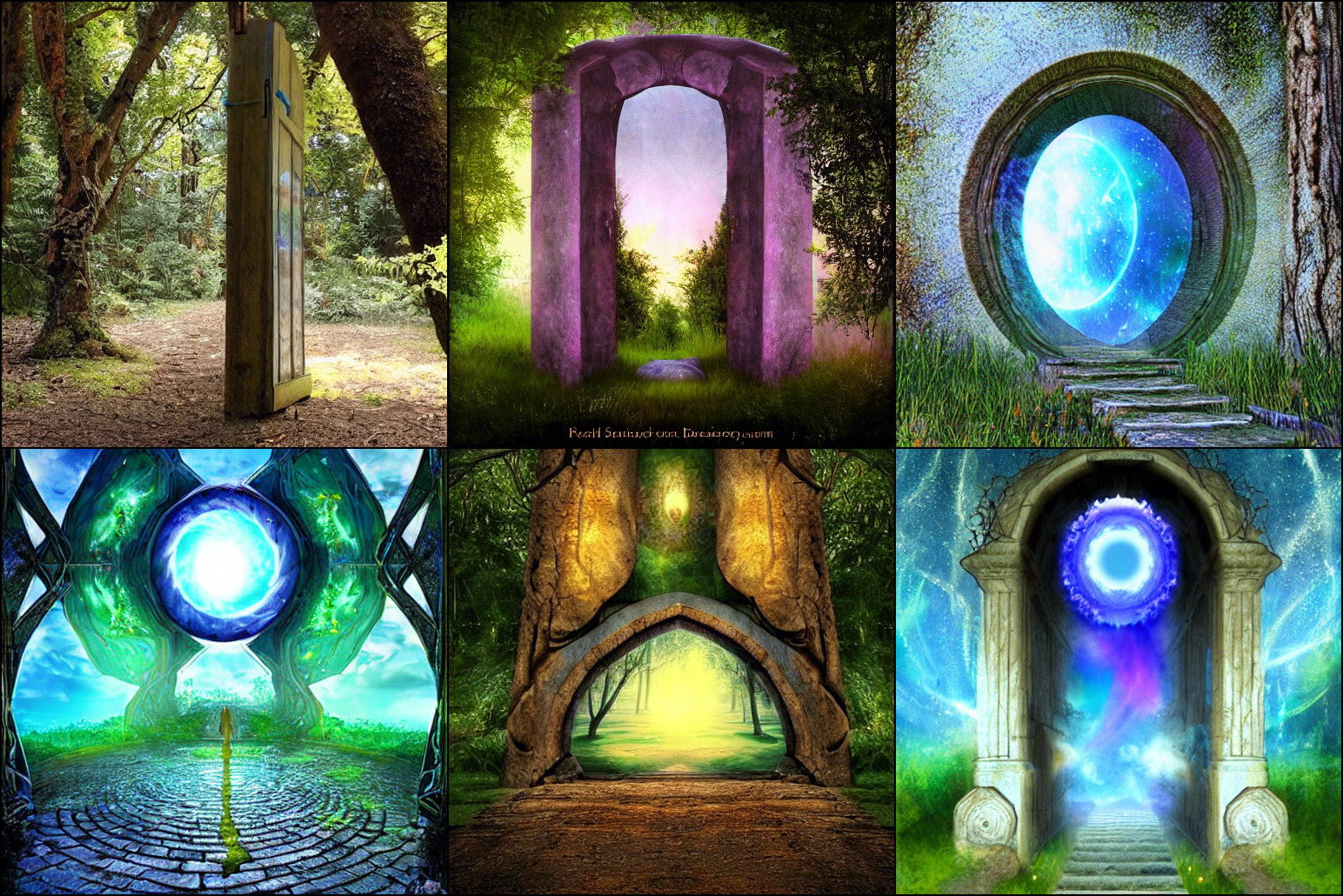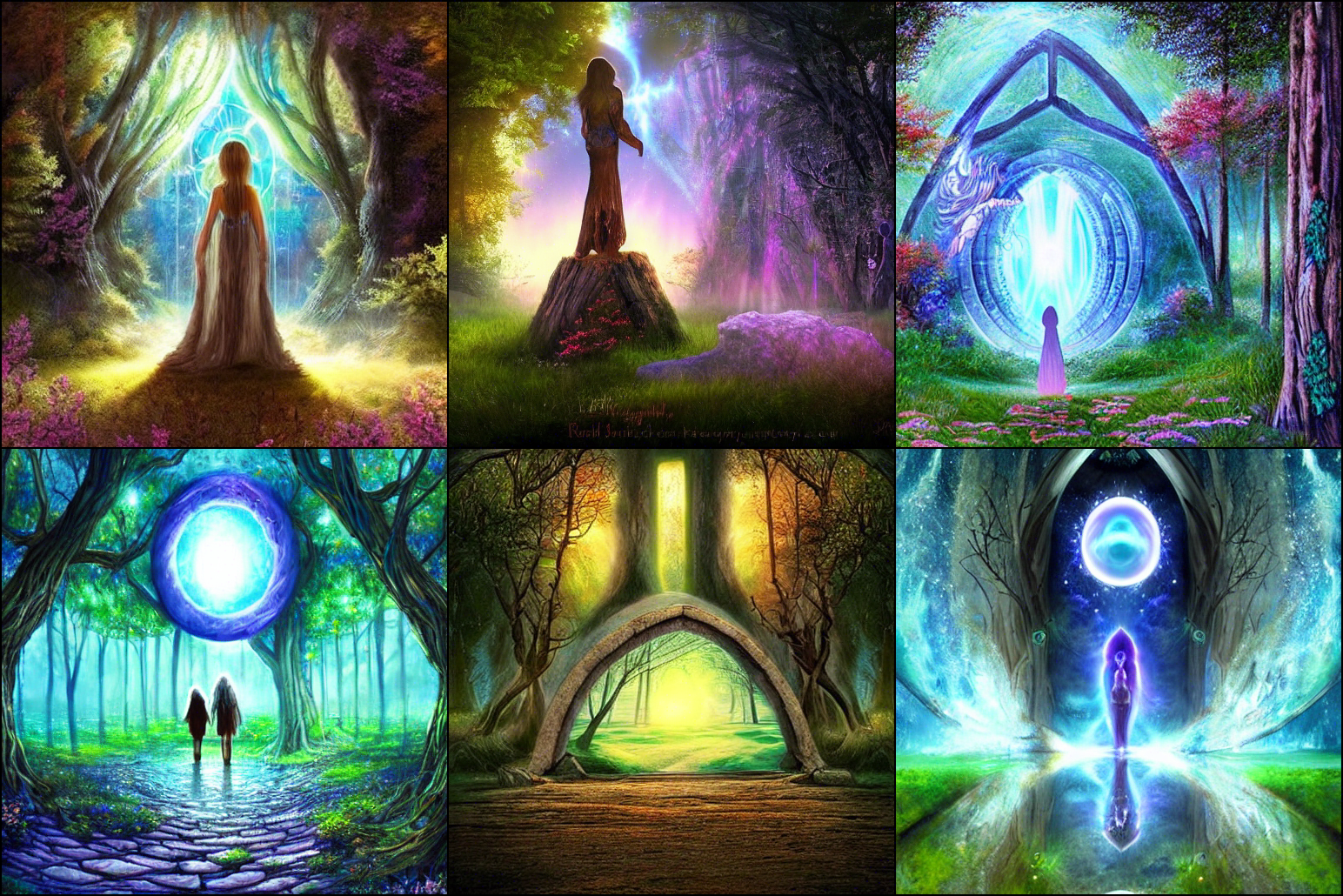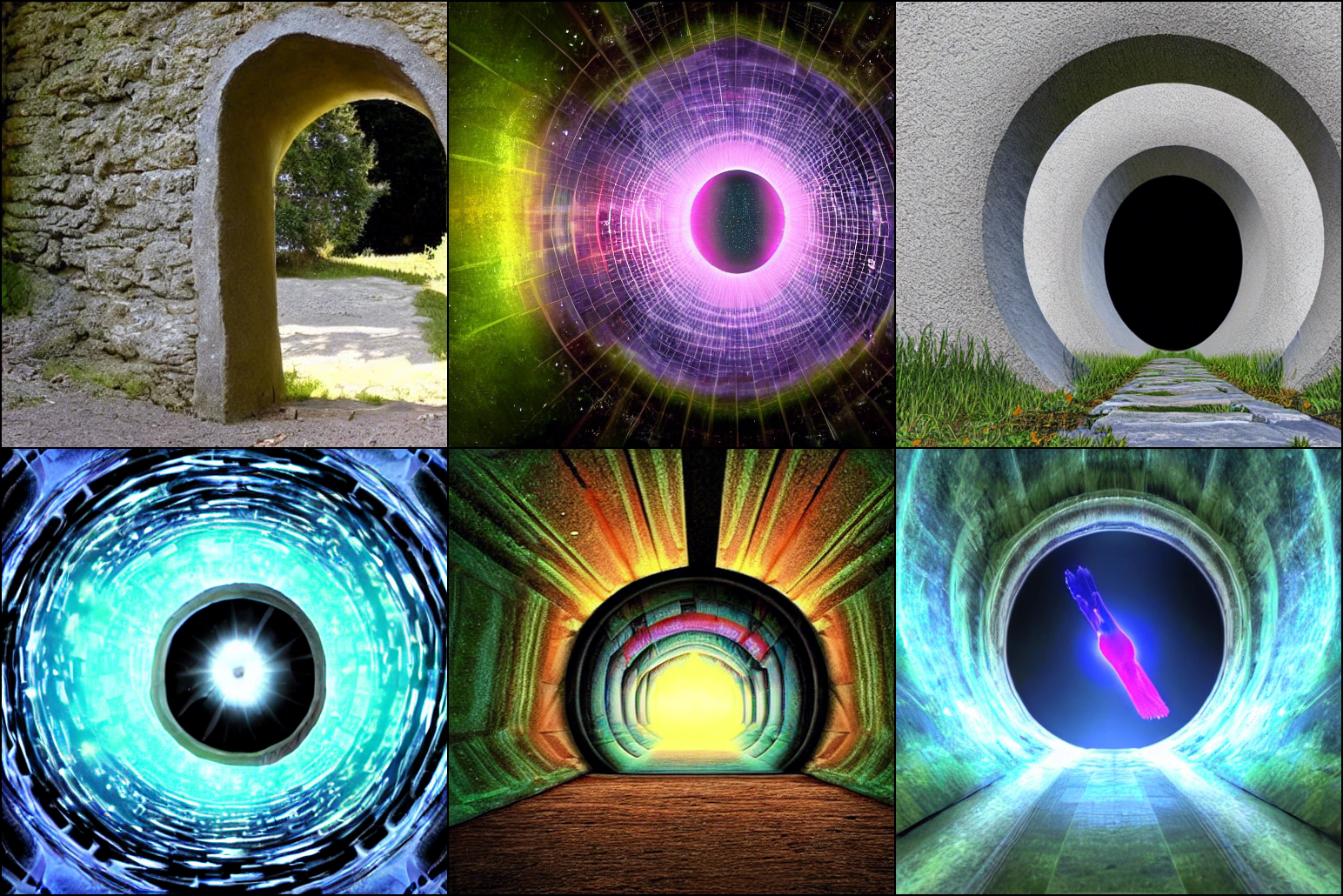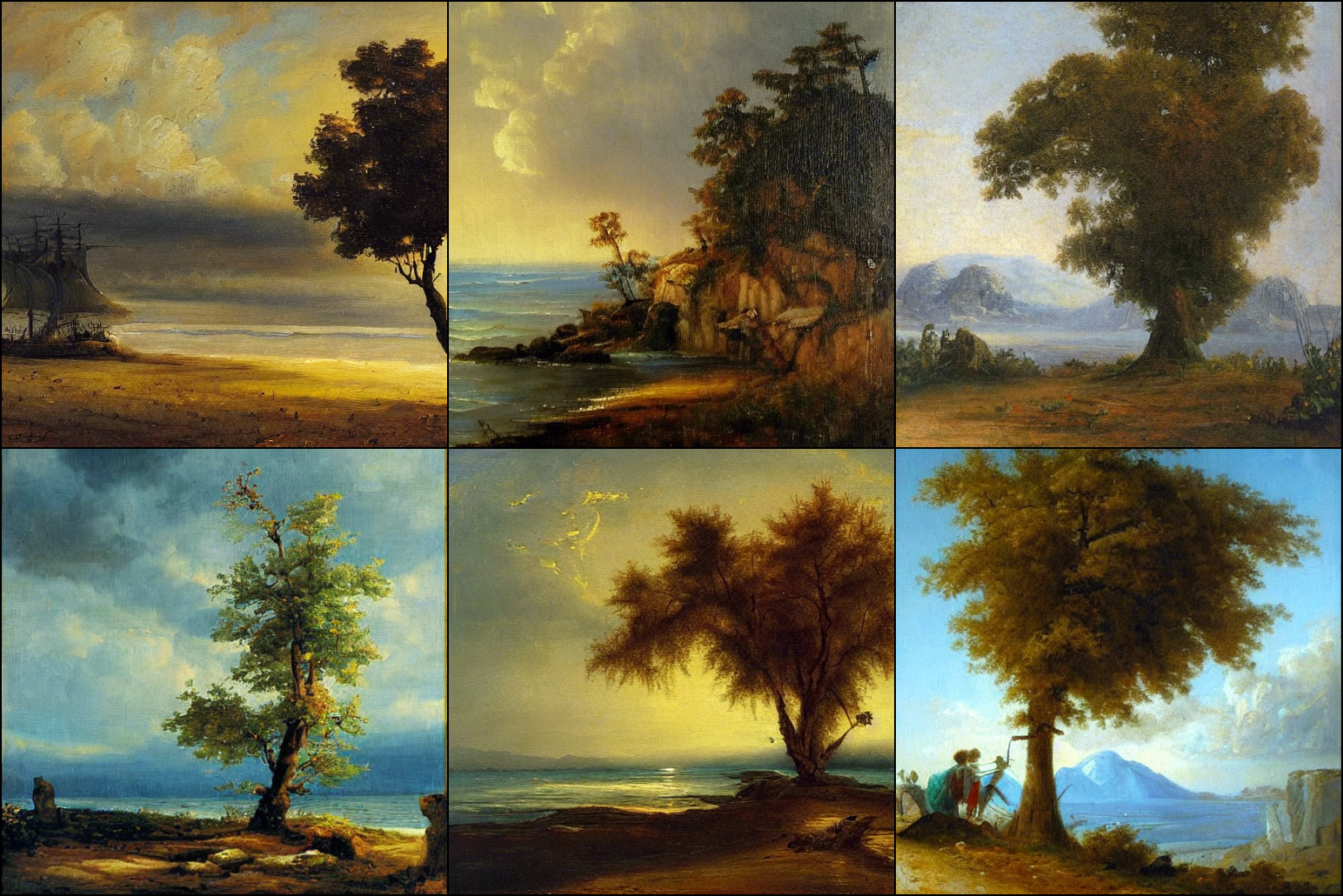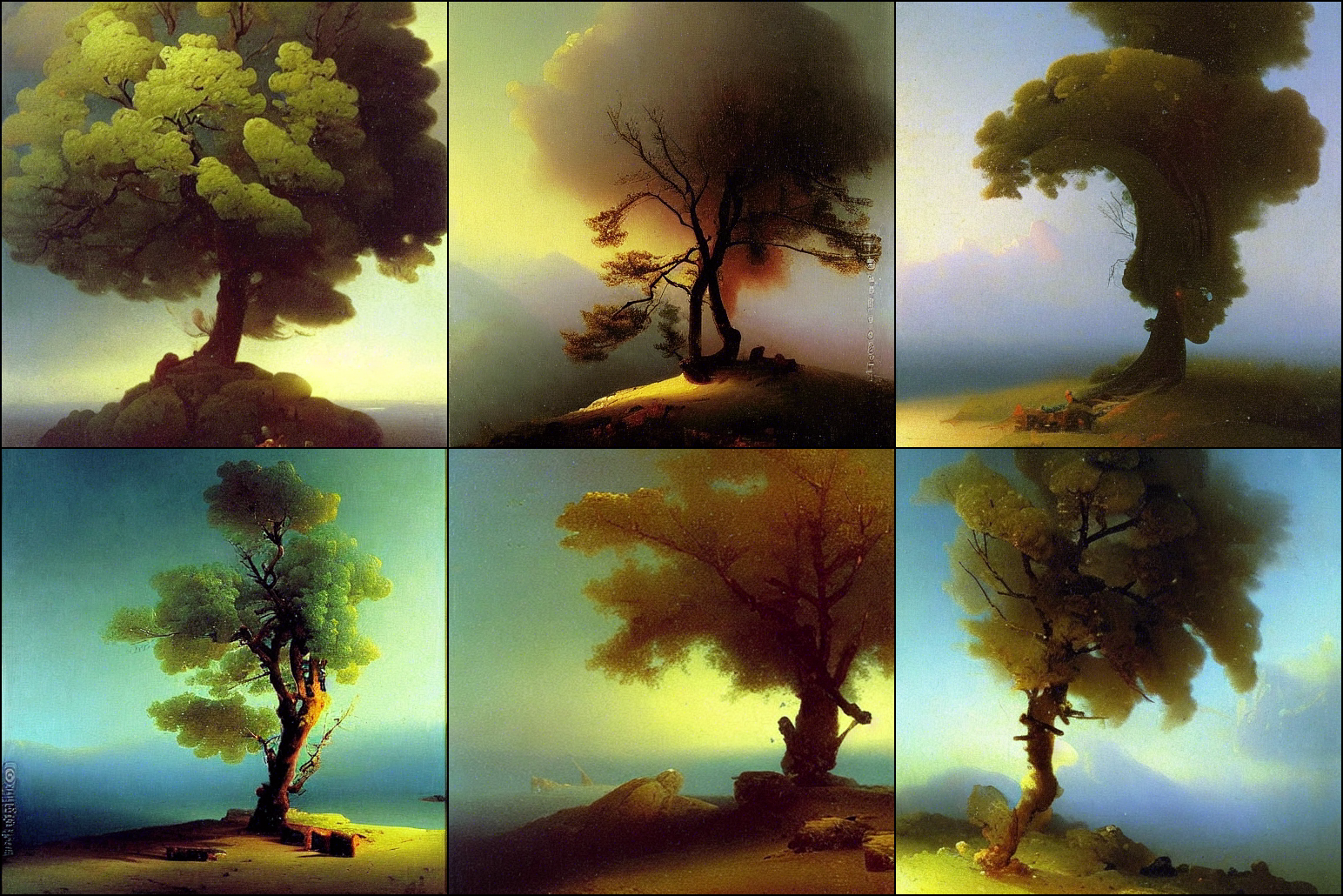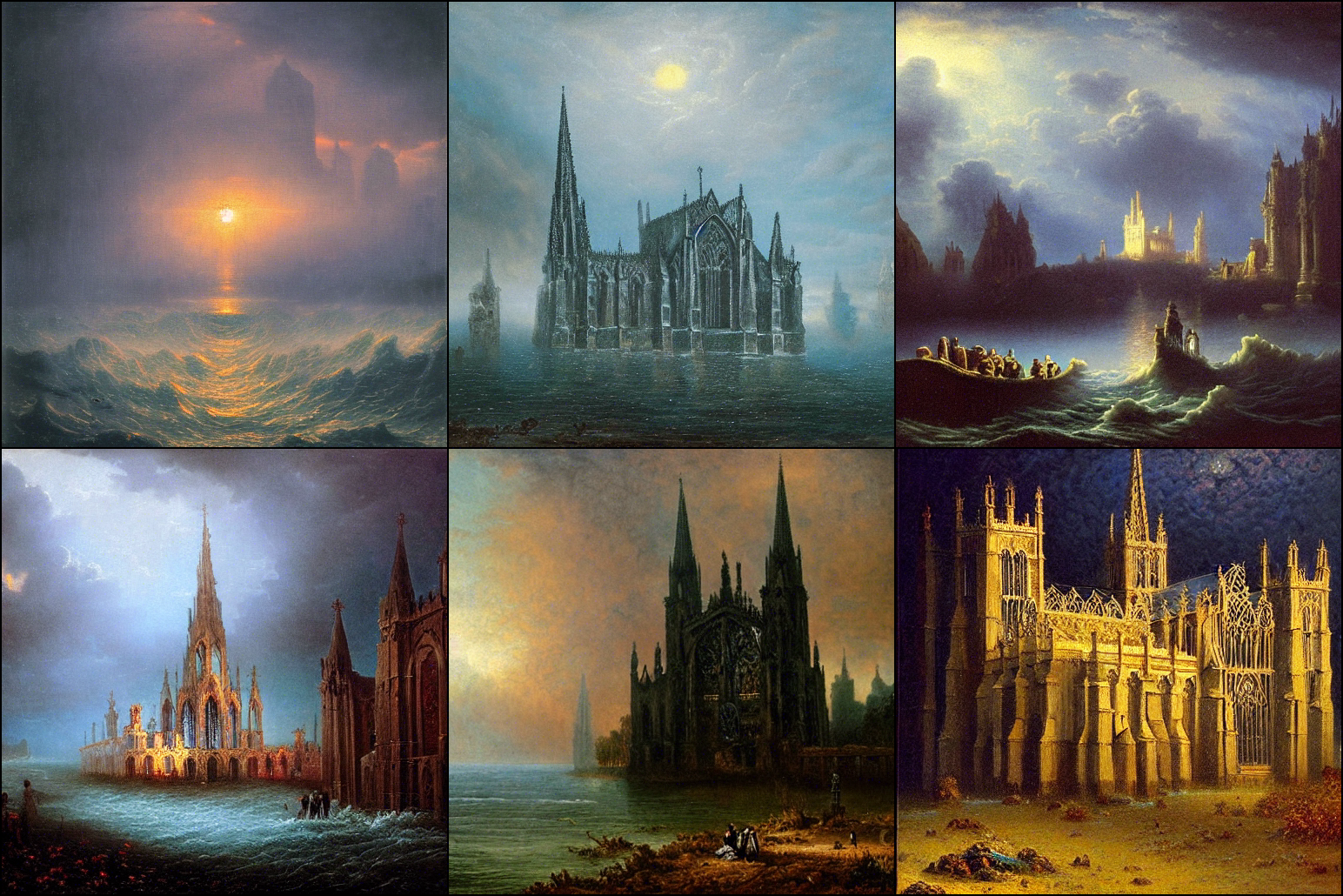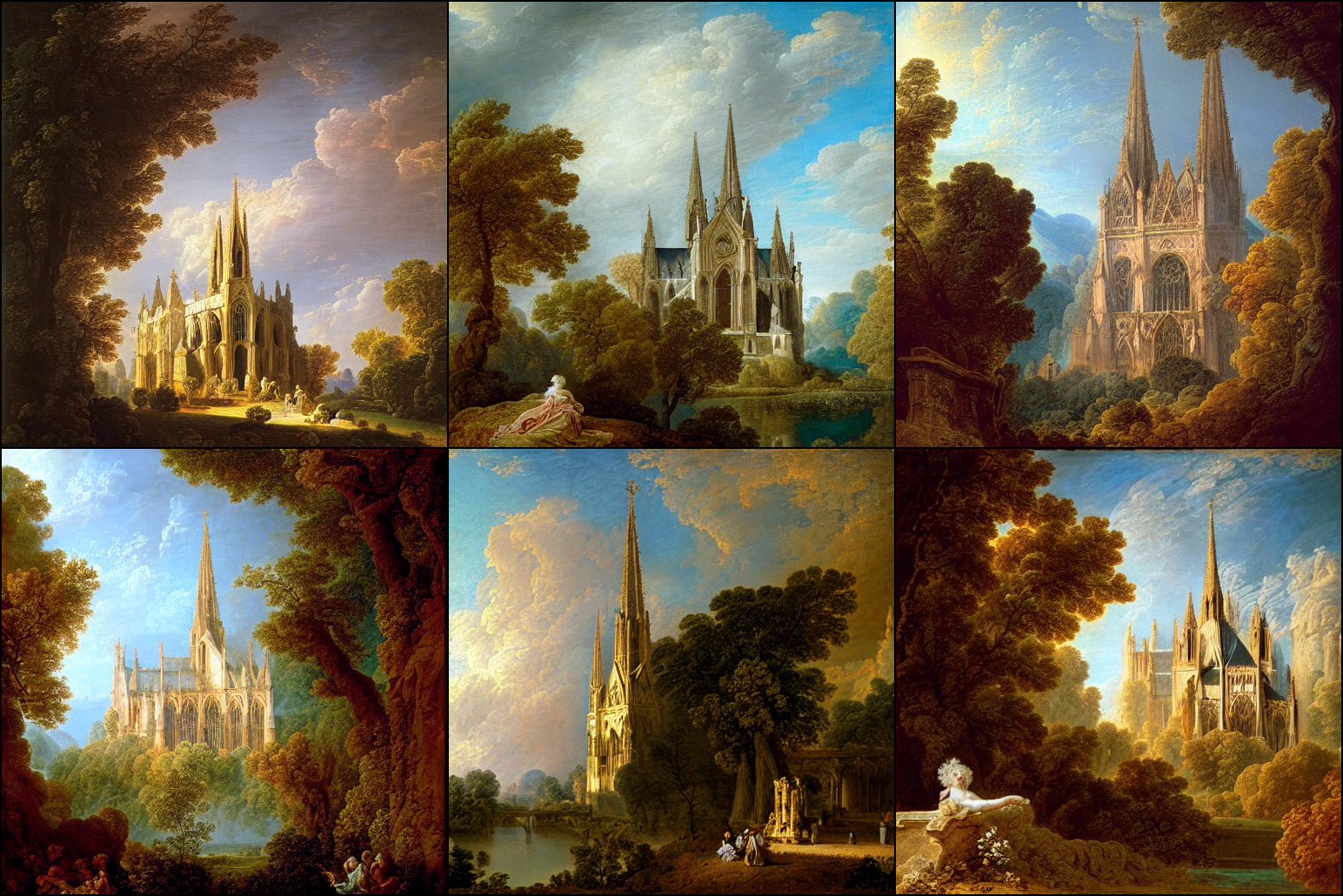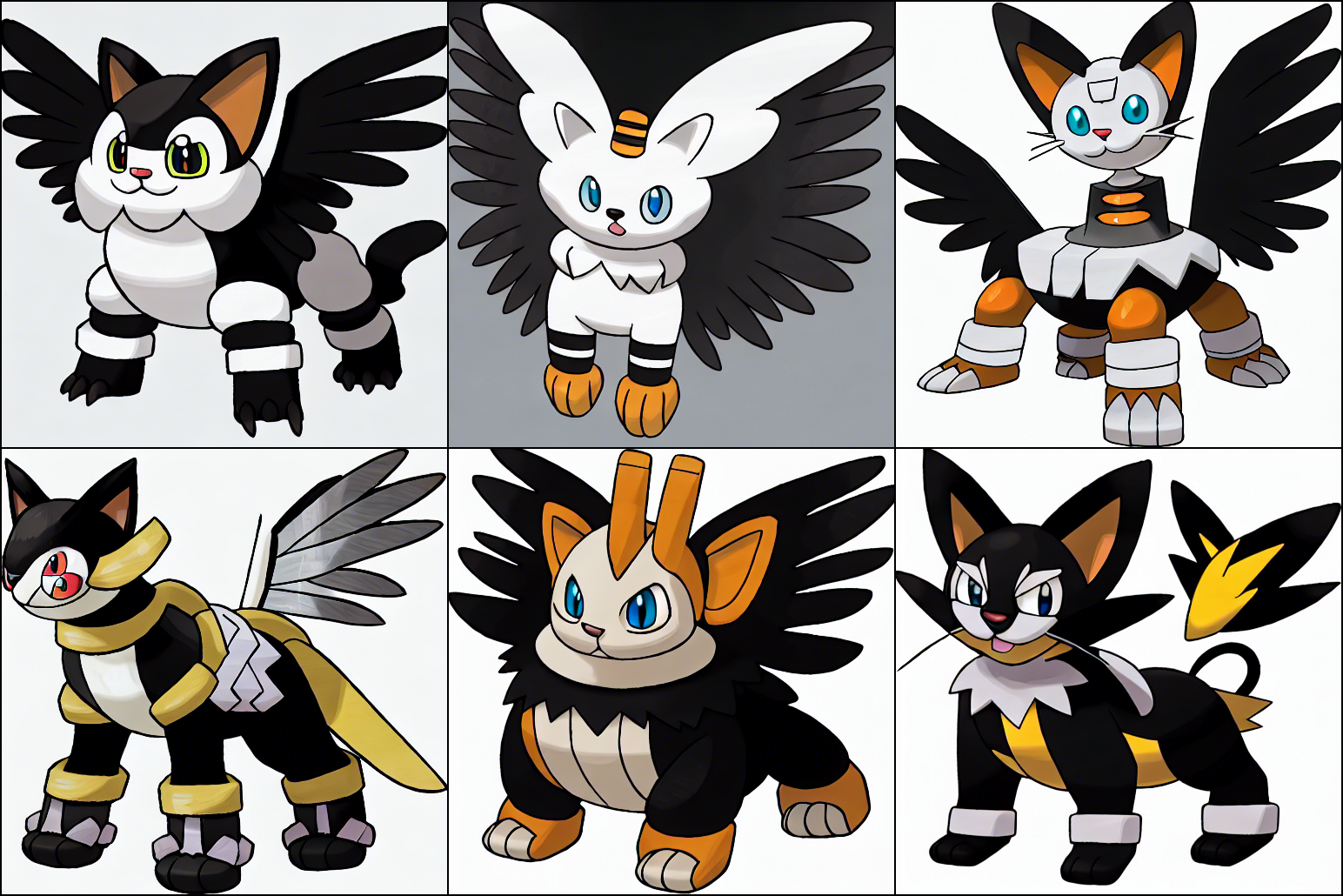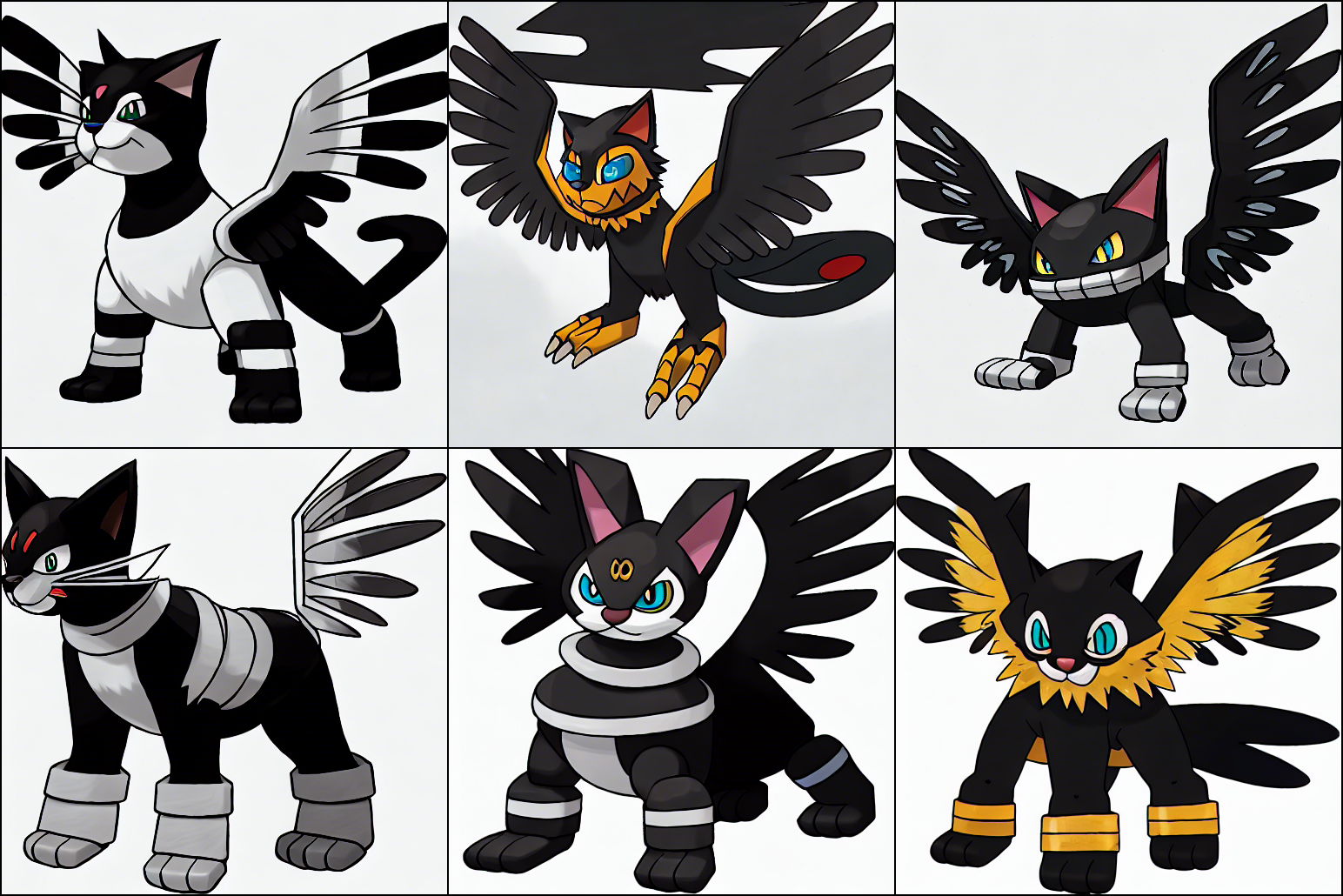This is the codebase for the article Personalizing Text-to-Image Generation via Aesthetic Gradients:
This work proposes aesthetic gradients, a method to personalize a CLIP-conditioned diffusion model by guiding the generative process towards custom aesthetics defined by the user from a set of images. The approach is validated with qualitative and quantitative experiments, using the recent stable diffusion model and several aesthetically-filtered datasets.
In particular, this reposiory allows the user to use the aesthetic gradients technique described in the previous paper to personalize stable diffusion.
With this, you don't have to learn a lot of spells/modifiers to improve the quality of the generated image.
This is a fork of the original stable-diffusion repository, so the prerequisites are the same as the original repository. In particular, when cloning this repo, install the library as:
pip install -e .You can use the same arguments as with the original stable diffusion repository. The script scripts/txt2img.py has the additional arguments:
--aesthetic_steps: number of optimization steps when doing the personalization. For a given prompt, it is recommended to start with few steps (2 or 3), and then gradually increase it (trying 5, 10, 15, 20, etc). The greater the value, the more the resulting image will be biased towards the aesthetic embedding.--aesthetic_lr: learning rate for the aesthetic gradient optimization. The default value is 0.0001. This value almost usually works well enough, so you can just only tune the previous argument.--aesthetic_embedding: path to the stored pytorch tensor (.pt format) containing the aesthetic embedding. It must be of shape 1x768 (CLIP-L/14 size). See below for computing your own aesthetic embeddings.
In this repository we include all the aesthetic embeddings used in the paper. All of them are in the directory aesthetic_embeddings:
sac_8plus.ptlaion_7plus.ptaivazovsky.ptcloudcore.ptgloomcore.ptglowwave.pt
See the paper to see how they were obtained.
In addition, new aesthetic embeddings have been incorporated:
fantasy.pt: created from https://huggingface.co/datasets/ChristophSchuhmann/improved_aesthetics_6.5plus by filtering only the images with word "fantasy" in the caption. The top 2000 images by score are selected for the embedding.flower_plant.pt: created from https://huggingface.co/datasets/ChristophSchuhmann/improved_aesthetics_6.5plus by filtering only the images with word "plant", "flower", "floral", "vegetation" or "garden" in the caption. The top 2000 images by score are selected for the embedding.
Let's see some examples now. This would be with the un-personalized, original SD model:
python scripts/txt2img.py --prompt "Roman city on top of a ridge, sci-fi illustration by Greg Rutkowski #sci-fi detailed vivid colors gothic concept illustration by James Gurney and Zdzislaw Beksiński vivid vivid colorsg concept illustration colorful interior" --seed 332 --plms --aesthetic_steps 0 --W 768 --aesthetic_embedding aesthetic_embeddings/laion_7plus.ptIf we now personalize it with the LAION embedding, note how the images get more floral patterns, as this is one common pattern of the LAION aesthetics dataset:
python scripts/txt2img.py --prompt "Roman city on top of a ridge, sci-fi illustration by Greg Rutkowski #sci-fi detailed vivid colors gothic concept illustration by James Gurney and Zdzislaw Beksiński vivid vivid colorsg concept illustration colorful interior" --seed 332 --plms --aesthetic_steps 5 --W 768 --aesthetic_embedding aesthetic_embeddings/laion_7plus.ptIncreasing the number of steps more...
python scripts/txt2img.py --prompt "Roman city on top of a ridge, sci-fi illustration by Greg Rutkowski #sci-fi detailed vivid colors gothic concept illustration by James Gurney and Zdzislaw Beksiński vivid vivid colorsg concept illustration colorful interior" --seed 332 --plms --aesthetic_steps 8 --W 768 --aesthetic_embedding aesthetic_embeddings/laion_7plus.ptAnother example, this we will be using another embedding that further exacerabates the floral patterns. This is the original SD output:
python scripts/txt2img.py --prompt "Cyberpunk ikea, close up shot from the top, anime art, greg rutkowski, studio ghibli, dramatic lighting" --seed 332 --plms --ckpt ../stable-diffusion/sd-v1-4.ckpt --H 768 --aesthetic_steps 0 --aesthetic_embedding aesthetic_embeddings/flower_plant.ptAnd this is with 20 steps with the flower_plant.pt embedding:
python scripts/txt2img.py --prompt "Cyberpunk ikea, close up shot from the top, anime art, greg rutkowski, studio ghibli, dramatic lighting" --seed 332 --plms --ckpt ../stable-diffusion/sd-v1-4.ckpt --H 768 --aesthetic_steps 20 --aesthetic_embedding aesthetic_embeddings/flower_plant.ptLet's see another example:
python scripts/txt2img.py --prompt "A portal towards other dimension" --plms --seed 332 --aesthetic_steps 15 --aesthetic_embedding aesthetic_embeddings/sac_8plus.ptIf we increase it to 20 steps, we get a more pronounced effect:
python scripts/txt2img.py --prompt "A portal towards other dimension" --plms --seed 332 --aesthetic_steps 20 --aesthetic_embedding aesthetic_embeddings/sac_8plus.ptWe can set the steps to 0 to get the outputs for the original stable diffusion model:
python scripts/txt2img.py --prompt "A portal towards other dimension" --plms --seed 332 --aesthetic_steps 0 --aesthetic_embedding aesthetic_embeddings/sac_8plus.ptNote that since we have used the SAC dataset for the personalization, the optimized results are more biased towards fantasy aesthetics.
To see more examples, look at the Further resources section below, or have a look at https://arxiv.org/abs/2209.12330
If you want to use your own aesthetic embeddings from a set of images, you can use the script scripts/gen_aesthetic_embedding.py. This script takes as input a directory containing images, and outputs a pytorch tensor containing the aesthetic embedding, so you can use it as in the previous commands.
Some examples with three works from the painter Aivazovsky: reference_images/aivazovsky
python scripts/txt2img.py --prompt "a painting of a tree, oil on canvas" --plms --seed 332 --aesthetic_steps 50 --aesthetic_embedding aesthetic_embeddings/aivazovsky.ptNote that just adding the modifier "by Aivazoysky" to the prompt does not work so well:
python scripts/txt2img.py --prompt "a painting of a tree, oil on canvas by Aivazovsky" --plms --seed 332 --aesthetic_steps 0 --aesthetic_embedding aesthetic_embeddings/aivazovsky.ptAnother example, mixing the styles of two painters (one in the prompt, the other as the aesthetic embedding):
96 python scripts/txt2img.py --prompt "a gothic cathedral in a stunning landscape by Jean-Honoré Fragonard" --plms --seed 139782398 --aesthetic_steps 12 --aesthetic_embedding aesthetic_embeddings/aivazovsky.ptWhereas the original SD would output this:
python scripts/txt2img.py --prompt "a gothic cathedral in a stunning landscape by Jean-Honoré Fragonard" --plms --seed 139782398 --aesthetic_steps 0 --aesthetic_embedding aesthetic_embeddings/aivazovsky.ptThe aesthetic gradients technique can be used with any fine-tuned SD model.
- For example, you can use it with the Pokemon finetune:
python scripts/txt2img.py --prompt "robotic cat with wings" --plms --seed 7 --ckpt ../stable-diffusion/ema-only-epoch\=000142.ckpt --aesthetic_steps 15 --aesthetic_embedding aesthetic_embeddings/laion_7plus.ptThe previous prompt was personalized with the LAION aesthetics embedding, so it has more childish-like than using just the original model:
python scripts/txt2img.py --prompt "robotic cat with wings" --plms --seed 7 --ckpt ../stable-diffusion/ema-only-epoch\=000142.ckpt --aesthetic_steps 0 --aesthetic_embedding aesthetic_embeddings/laion_7plus.pt- Using NovelAI weights, some experiments were performed here in this post (See Update October 15th): https://www.zhihu.com/question/558019952/answer/2708668441
There is a PR here: AUTOMATIC1111/stable-diffusion-webui#2585. It will be merged soon, but it is already functional if you install it from the PR branch.
- Introduction to the aesthetic gradients method (blog post): https://metaphysic.ai/custom-styles-in-stable-diffusion-without-retraining-or-high-computing-resources/
- Experiments using the NovelAI leaked weights:
- Experiments using custom aesthetic embeddings: AUTOMATIC1111/stable-diffusion-webui#2585 (comment)
If you find this is useful for your research, please cite our paper:
@article{gallego2022personalizing,
title={Personalizing Text-to-Image Generation via Aesthetic Gradients},
author={Gallego, Victor},
journal={arXiv preprint arXiv:2209.12330},
year={2022}
}
